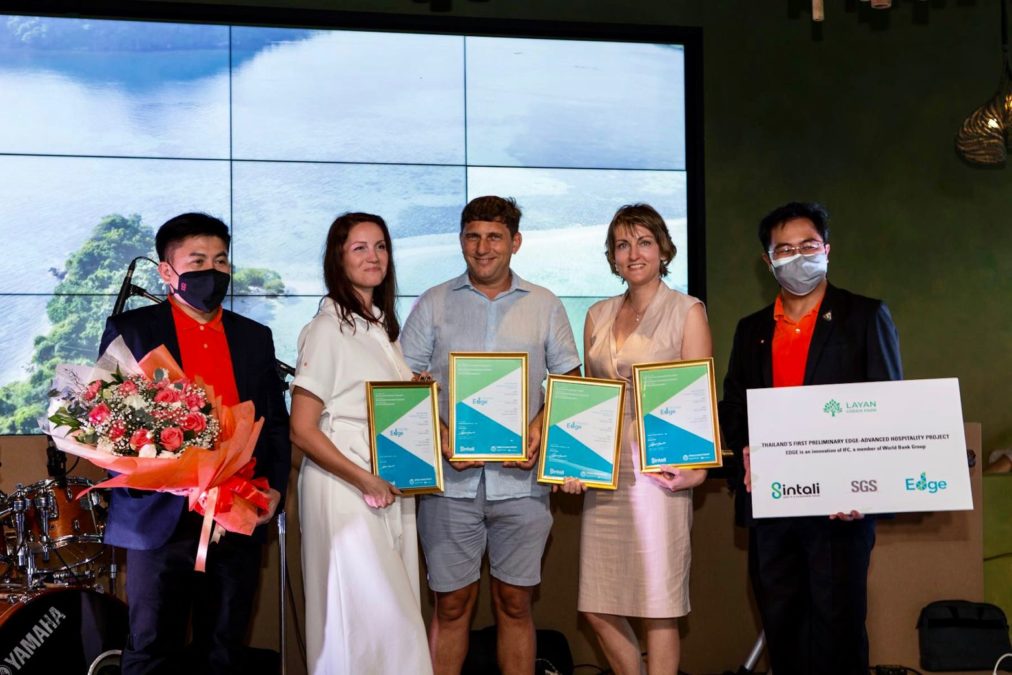There are numerous green building certifications on the market, and each bring their own value.
As a developer, owner or occupier of buildings, the first step in your thought process is likely why should you certify with any green building standard in the first place?
All certifications serve the same purpose, whether they are green building certifications, ISO certifications or educational certifications. A certification is the commitment to undergo a process and get a third party to validate your achievements. In many cases, you can do the work without getting the piece of paper at the end, but it lacks that credibility that comes with having an independent entity verifying the process and outcome.
In the sustainability realm, certification becomes even more important because different definitions, boundaries and parameters can dramatically change the end result. Certification standardises the playing field and acts as assurance for internal and external stakeholders. This is especially evident in the green building market, where the term “green building” can mean different things to different people.
What makes EDGE unique?
The underlying value proposition is the free EDGE App, which demystifies green buildings and democratises access to data that previously has been hidden behind complex calculations.
Sitting beneath the EDGE App is a comprehensive database developed by IFC that calculates local baselines for every single country around the world. Based on a combination of local industry practices, local regulations, climatic data, and typical utility costs, the EDGE App does in minutes what would typically takes weeks.
EDGE offers a quantifiable, standardised, comparable and scaleable way to certify green buildings.
Quantification
EDGE is entirely quantitative. The EDGE App provides the percentage improvement across different resource-efficiency categories over a local baseline. There is no room for interpretation, and no qualitative aspects to EDGE. A building is simply a percentage more efficient than the relevant local baseline.
Standardisation
IFC uses a standard methodology to calculate the baseline for each country in the EDGE App, which means that companies and investors can take a standard approach across a portfolio of buildings around the world.
Comparability
EDGE wasn’t designed with one country in mind. Rather, it was designed to be applied globally. This is a first in the green building certification market and is important because it acknowledges the differences in markets around the world, but still offers a standardised way to compare buildings across regions.
Scaleability
The agile nature of the EDGE App and the streamlined online process make it possible to scale green building certification across thousands of buildings, existing and new, at once.
These characteristics offer you unique benefits when you choose to certify your building with EDGE.
Communication to stakeholders in quantifiable terms
The quantifiable nature of the certification makes the communication easier for stakeholders to understand. Everyone can understand a percentage improvement, which can lead to a variety of end results from stronger brand value to accessing financing because you can more effectively communicate the ESG impact of your buildings.
Implementation of an ambitious sustainability strategy
The comparability also means that with EDGE, you can apply one standard sustainability strategy across your entire company, evaluate the performance across different regions, build baselines, evaluate and improve the performance of the stock, all while committing to scale because with EDGE it’s possible to certify every single one of your building in a cost-effective and resource-efficient way.
Validation of your claims by a credible source
You build credibility with your stakeholders because with EDGE, you certify your impact through the World Bank, a well-respected institution across the globe. Whether it’s your customers, external investors, or your board, validating achievements is an important component of building credibility in results.





